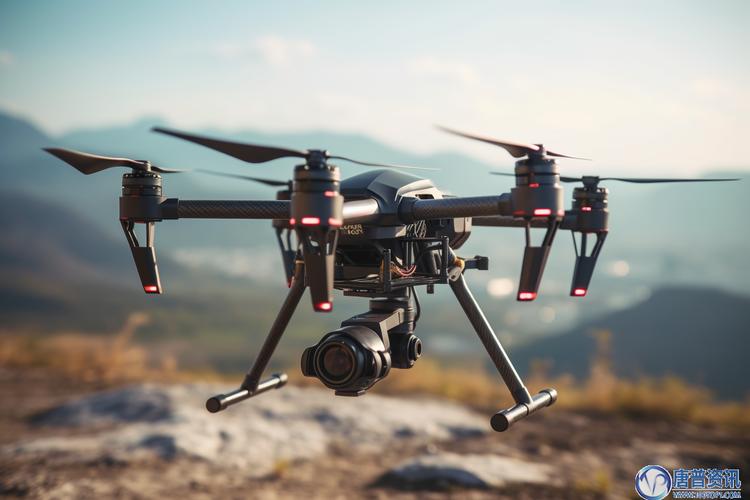Exploring the Revolution in Aerial Photography with Autonomous Drones Equipped with Cameras
Drones are reshaping the landscape of photography, offering innovative ways to capture images from angles previously deemed impossible. Self flying drones with camera capabilities signify a groundbreaking advancement in technology, combining automation with high-quality image sensors. These drones autonomously navigate complex environments, allowing photographers to focus on creativity.
One of the unique aspects of self flying drones with cameras is their ability to capture immersive aerial views without the need for a skilled pilot. This democratization of aerial photography has made it accessible to hobbyists and professionals alike. Enthusiasts are no longer bound by technical know-how; the drones bridge the gap between technology and art.
Advancements in Drone Technology
Recent technological advancements in self flying drones encompass AI-driven flight automation, which empowers drones to make smart decisions based on their surroundings. Machine learning algorithms contribute by improving the drone’s ability to discern patterns, optimize routes, and evade obstacles. These technological leaps significantly enhance the safety and reliability of drones.
The cameras affixed to self flying drones are equally sophisticated. Equipped with high-resolution sensors, they capture vivid details, rivaling professional-grade DSLR cameras. Features such as adjustable focal lengths and wide dynamic range further refine the image quality, catering to various photography needs.
The Impact on Industries
Industries across the board are adopting self flying drones for an array of applications. Real estate companies employ drones for capturing stunning property aerials, providing potential buyers with a comprehensive view. Agricultural fields utilize drones for crop monitoring and health assessment, promoting sustainable farming practices.
Furthermore, the entertainment industry benefits immensely from this technology, enhancing film production with dynamic shots that were previously unattainable. The use of drones also extends to construction, where they map terrain and monitor site progress, ensuring efficient project management.
With self flying drones with camera capabilities, environmental assessments and wildlife monitoring have seen drastic improvements. Conservationists gain unobtrusive access to remote locations, gathering data crucial for habitat preservation efforts.
Challenges and Prospects
Despite these advancements, self flying drones face challenges, particularly regarding regulatory constraints and privacy concerns. Governments worldwide are devising airspace management strategies to safely integrate drones into civilian life. Meanwhile, privacy laws are being updated to ensure responsible use without infringing on personal rights.
The future is promising; innovations are set to expand drone capabilities, including enhanced battery life, stronger connectivity, and smarter AI algorithms. These improvements will undoubtedly pave the way for more exciting applications across diverse fields.
FAQs
Q1: Are self flying drones with cameras easy to operate?
A1: Yes, most models are designed with user-friendly interfaces, allowing beginners to operate them smoothly.

Q2: How do these drones navigate obstacles?
A2: They utilize advanced sensors and AI to detect and avoid obstacles, ensuring a safe flight path.
Q3: What are the legal considerations for using drones?
A3: Operators must adhere to local regulations regarding airspace use, which can vary significantly between regions.